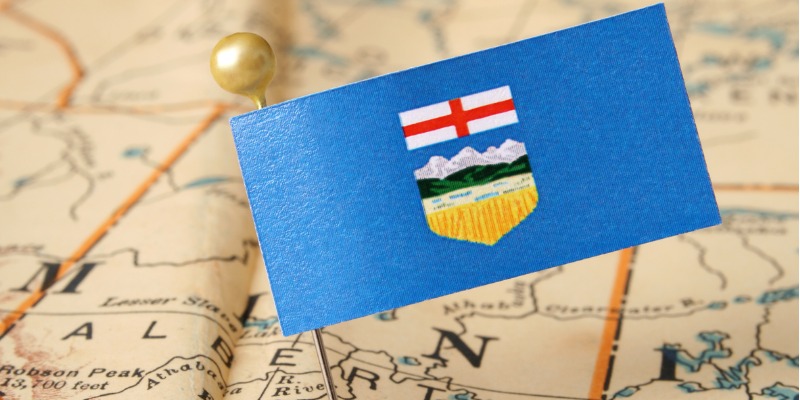Alberta’s economy is already diversified—but government finances are not

Alberta’s public finances are notoriously volatile. When times are good and oil and gas royalties flow, so does government spending. But when royalty revenues decrease, spending generally does not. As a result, Alberta’s provincial government has maintained elevated spending levels for much of recent history—at times around one-fifth higher than neighbouring British Columbia—and large persistent budget deficits.
Rather than restraining spending when royalties are abundant or reducing expenditures when times are tough, Alberta governments tend to wait and hope for another ride on the resource revenue roller coaster. Sometimes they get lucky—an unexpected surge of royalties from higher oil prices this year has once again transformed the province’s short-term fiscal outlook. Alberta’s projected $11 billion deficit for 2022/23 flipped to a projected $500 million surplus.
In recent years, however, the government has taken early steps towards reining in spending to reduce reliance on natural resource revenues to balance the budget. But it’s still early days in this process and much more remains to be done. The simple fact is that without the recent resource revenue windfall Alberta would still face a large deficit this year.
In light of these realities, some pundits and analysts conclude that Alberta’s economy is overly concentrated on oil and gas and that the government should actively pursue economic diversification. This is not so. In reality, Alberta’s economy is already approximately as diversified as other large provinces. But Alberta’s government finances are too heavily reliant on resource revenue. This problem can be addressed without redirecting the economy away from oil and gas. Instead, the Alberta government should simply embrace prudent budgeting practices.
By doing so, the government can help guard against large deficits by relying on more stable tax revenue to finance spending rather than volatile natural resource revenue.
For starters, the government could bring spending in line with tax revenue and contribute a portion of non-renewable resource revenue to the Heritage Fund. By diverting a portion of natural resource revenues to an investment fund that pays out a portion of the revenue either to directly fund a portion of government expenditures or as taxable dividends to individuals, a sovereign wealth fund can help stabilize volatility in government finances. This was part of the original vision of the Heritage Fund, though regular contributions ended decades ago. One proposal, based on Alaska’s Permanent Fund, is to allocate a fixed percentage of annual non-renewable resource revenue to the Heritage Fund. The government would use some of the resulting earnings to protect the value of the fund from inflation, and pay annual dividends from the fund to the general government revenue pool to smooth the fiscal benefits of natural resource revenue over time and prevent the government from using large windfalls to increase program spending to unsustainable levels during periods of elevated resource revenues.
Getting off the resource revenue roller coaster is a laudable goal. But it does not require a forced transition out of oil and gas production. Rather it requires a more disciplined approach to government finances. Alberta doesn’t need top-down economic diversification to solve its budgeting problem—it simply needs a better approach to budgeting.
Authors:
Subscribe to the Fraser Institute
Get the latest news from the Fraser Institute on the latest research studies, news and events.


